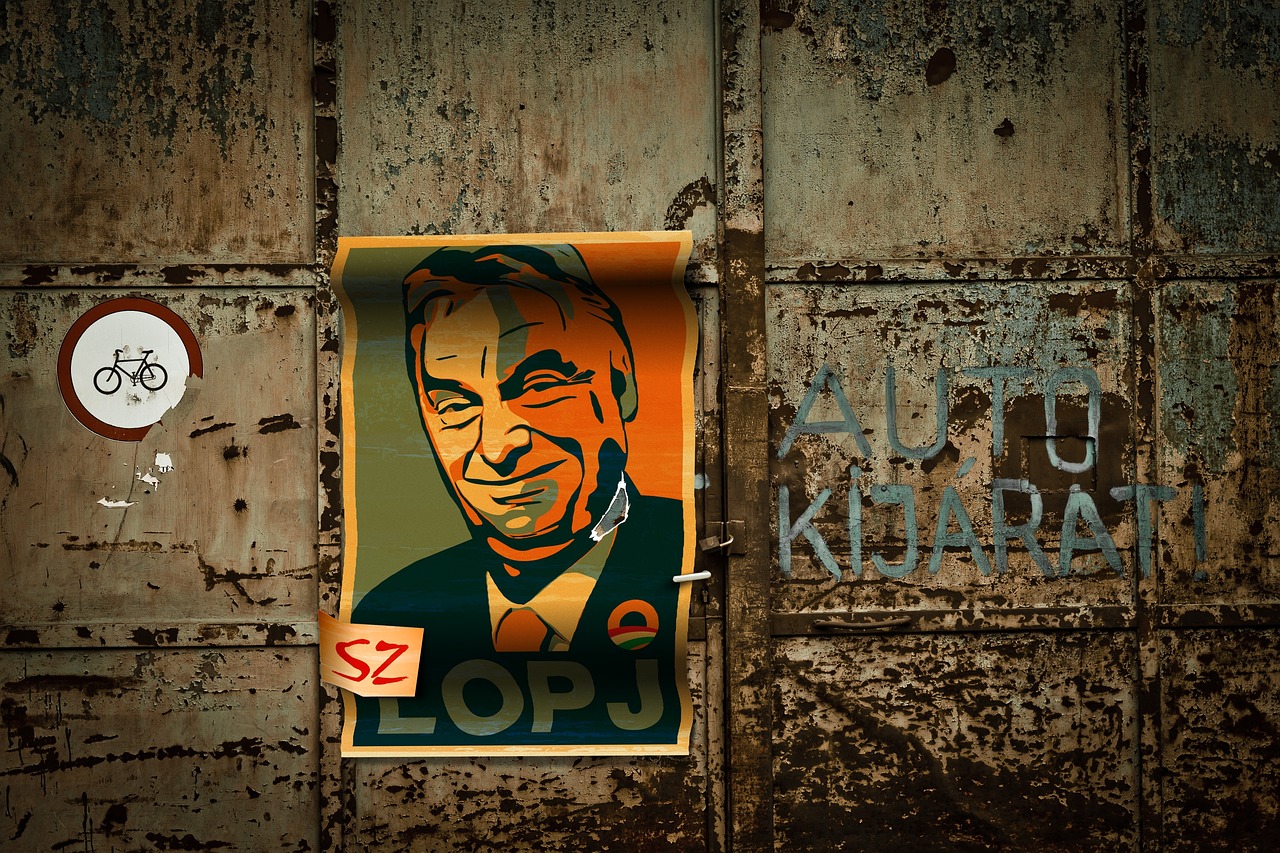Understanding the Impact of Online Voter Suppression Tactics
Voter suppression in the United States has a long and troubling history that dates back to the founding of the country. From the early days of the republic, measures have been taken to limit the voting rights of certain groups, particularly African Americans, women, and other marginalized communities. These tactics have included poll taxes, literacy tests, and outright violence to intimidate and prevent people from exercising their right to vote.
One of the most well-known periods of voter suppression in American history was during the Jim Crow era in the late 19th and early 20th centuries. African Americans faced systemic barriers to voting, including discriminatory laws and practices such as grandfather clauses and white primaries. These measures were designed to disenfranchise Black voters and maintain white supremacy in the South. Despite the passage of civil rights legislation in the 1960s, voter suppression tactics have continued to evolve and persist in various forms to this day.
The Evolution of Voter Suppression Tactics from Offline to Online
Voter suppression tactics have a long history in the United States, starting from the Jim Crow laws that disenfranchised Black Americans to more recent strategies aimed at limiting access to the polls. These tactics have evolved over time, adapting to new technologies and communication channels to target specific voter groups.
With the rise of the digital age, voter suppression tactics have shifted from offline to online platforms. Social media and targeted online ads are now being used to spread misinformation, suppress voter turnout, and manipulate public opinion. The ease of reaching a wide audience quickly through online platforms has made these tactics increasingly common and effective in influencing elections.
The Role of Social Media in Online Voter Suppression
Social media has become a powerful tool in the realm of online voter suppression. Platforms such as Facebook and Twitter have been manipulated to spread false information, intimidate voters, and create confusion surrounding the voting process. These tactics thrive on exploiting the viral nature of social media, making it difficult to track and contain.
One common strategy used in online voter suppression is the spreading of misinformation about the voting process. False claims about voting dates, locations, or requirements can deter individuals from participating in elections. Additionally, social media can be used to target specific groups by spreading targeted disinformation, further disenfranchising marginalized communities.
What is voter suppression?
Voter suppression refers to any strategy or tactic used to prevent certain groups of people from voting, thereby limiting their political power.
How has voter suppression evolved over time?
Voter suppression tactics have evolved from overt methods like poll taxes and literacy tests to more subtle forms such as gerrymandering and voter ID laws.
How does social media play a role in online voter suppression?
Social media platforms can be used to spread misinformation, create confusion about voting procedures, and target specific groups with deceptive messaging in order to suppress voter turnout.
What can be done to combat online voter suppression?
It is important for voters to fact-check information they see on social media, stay informed about their voting rights, and report any instances of misinformation or voter suppression to the appropriate authorities. Additionally, social media companies can implement stricter policies to prevent the spread of false information related to voting.







